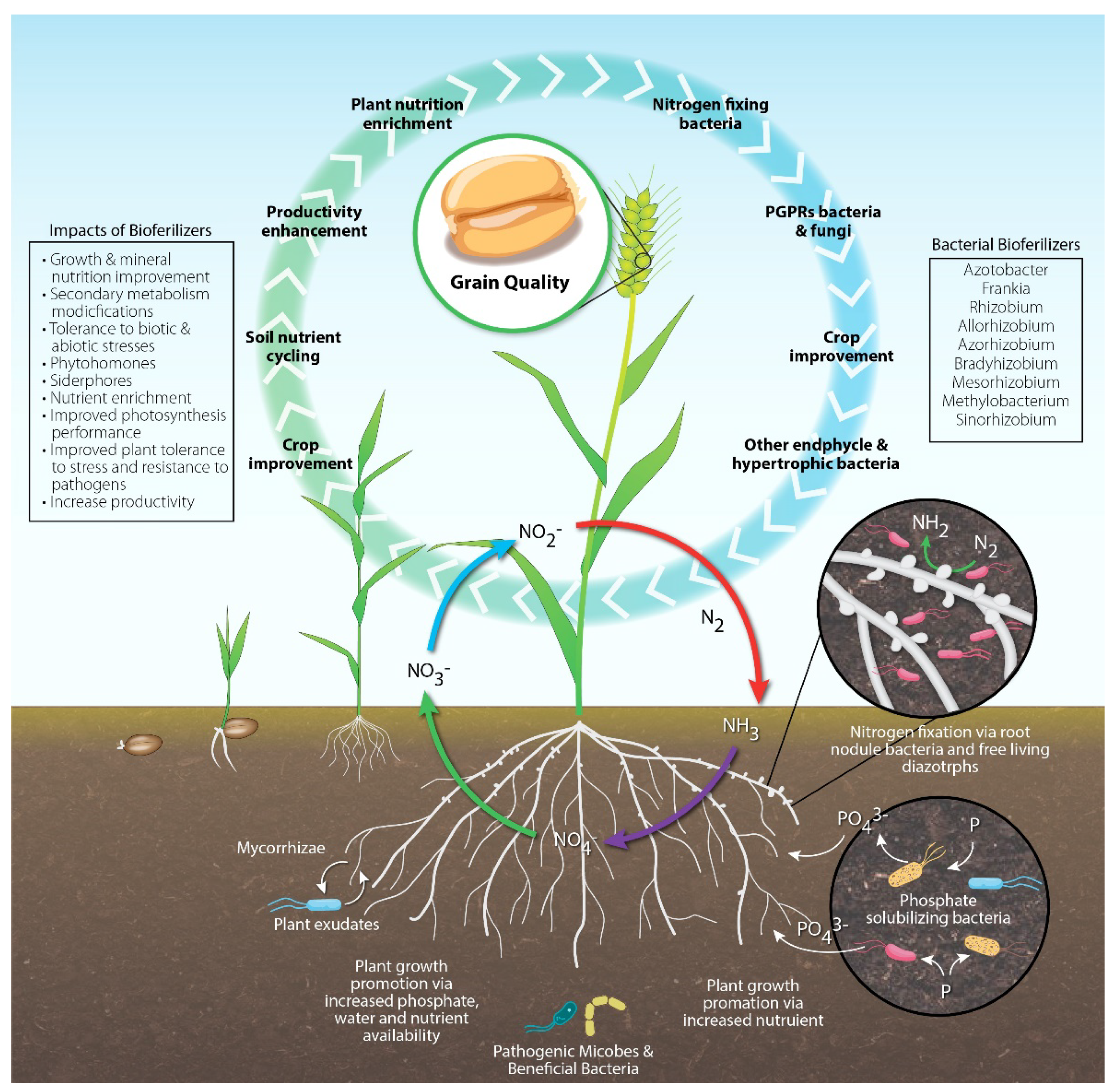How should one use biofertilizer and achieve good results

To achieve good results with biofertilizers, it's essential to follow proper guidelines for their application and integrate them effectively into your overall nutrient management plan. Here are some general recommendations for using biofertilizers and maximizing their benefits:
-
Select the Right Biofertilizer:
- Choose a biofertilizer that is suitable for the specific crops you are cultivating and the soil conditions in your area. Different biofertilizers are designed for different types of crops and nutrients.
-
Timing of Application:
- Apply biofertilizers at the appropriate stage of plant growth. For example, nitrogen-fixing biofertilizers are often applied at the time of sowing or transplanting, while phosphate-solubilizing biofertilizers may be applied during early growth stages.
-
Avoid Mixing with Chemical Fertilizers:
- Biofertilizers may not be compatible with certain chemical fertilizers or pesticides. Avoid mixing them directly to prevent adverse interactions. If both types of fertilizers are needed, apply them at different times or in different locations.
-
Inoculation Techniques:
- Follow recommended inoculation techniques for specific biofertilizers. For example, rhizobium inoculants for leguminous crops may be applied to seeds or directly to the soil during planting.
-
Maintain Proper Storage Conditions:
- Ensure proper storage conditions for biofertilizers to maintain the viability of the living microorganisms. Store them in a cool, dry place according to the manufacturer's instructions.
-
Quality Control:
- Purchase biofertilizers from reputable suppliers to ensure product quality. Check the expiration date and conduct quality control checks before application.
-
Soil Testing:
- Conduct soil tests to determine the nutrient status of your soil. This will help you tailor your biofertilizer application based on the specific nutrient needs of your crops.
-
Integrate with Other Practices:
- Combine the use of biofertilizers with other sustainable agricultural practices, such as cover cropping, crop rotation, and organic amendments. Integrated nutrient management can enhance overall soil health.
-
Monitor and Adjust:
- Regularly monitor the performance of your crops and the effectiveness of biofertilizer applications. If needed, make adjustments to the application rates or timing based on observed results.
-
Application Methods:
- Depending on the type of biofertilizer, apply them using appropriate methods. Common application methods include seed treatment, soil application, seedling dip, and foliar spray.
-
Follow Recommended Rates:
- Adhere to recommended application rates provided by the biofertilizer manufacturer. Applying too much or too little can impact efficacy and may lead to suboptimal results.
-
Consider Environmental Conditions:
- Be mindful of environmental conditions such as temperature and moisture. Some biofertilizers may perform better under specific conditions, and adjusting application timing accordingly can enhance their effectiveness.
By following these guidelines, farmers can optimize the use of biofertilizers and achieve positive results in terms of improved plant nutrition, enhanced soil fertility, and sustainable agricultural practices. It's important to note that the effectiveness of biofertilizers can vary depending on factors such as soil type, climate, and crop species, so monitoring and adaptation are key components of successful biofertilizer use.
Thank You.
